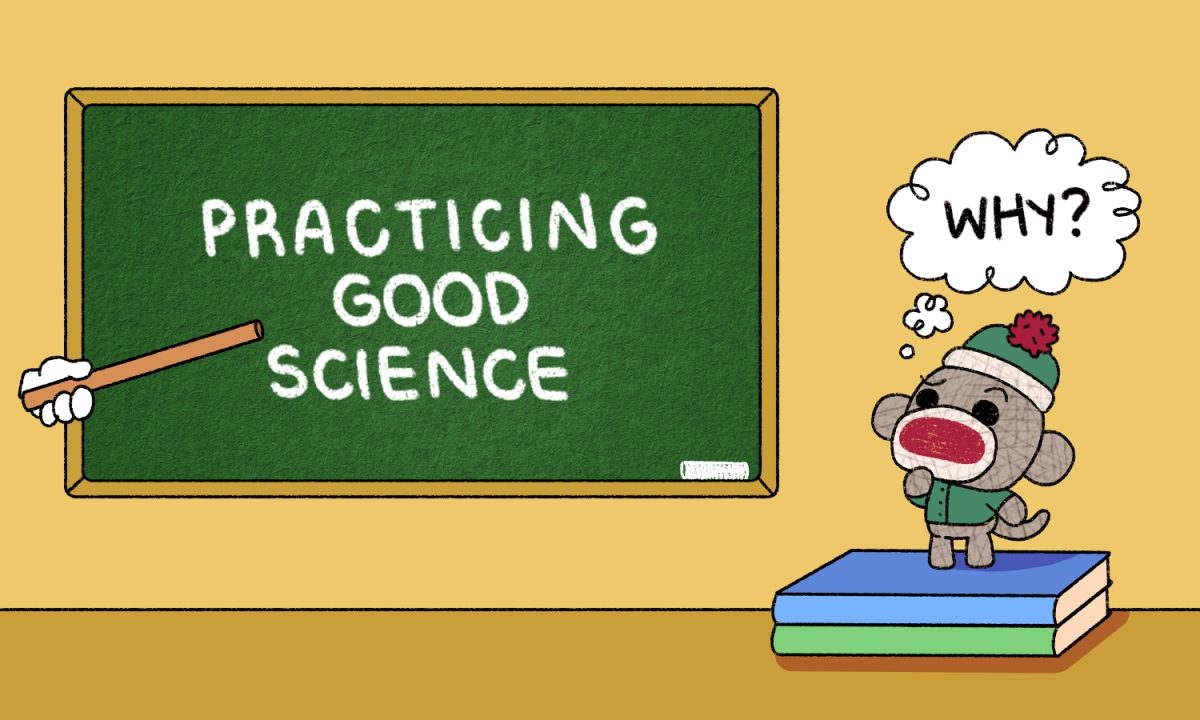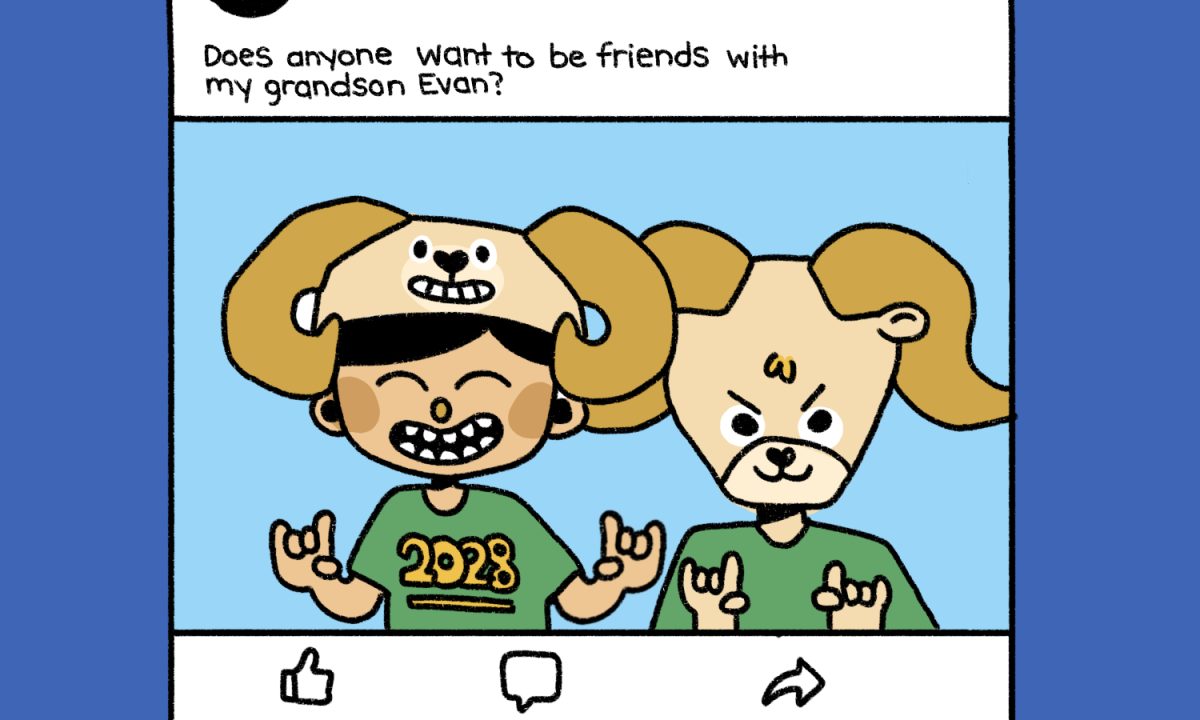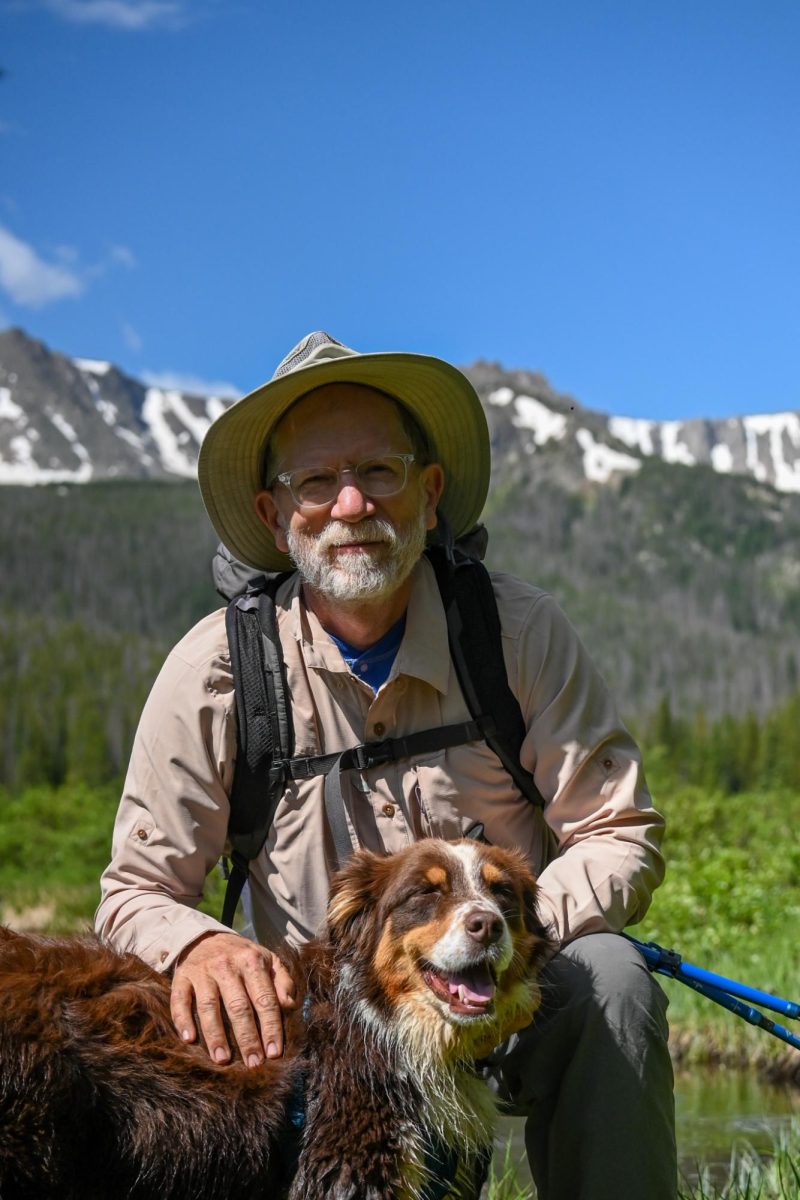In a world that is constantly changing, the distribution of information is vital. As more is discovered, it is crucial that people are supplied with the newest and most accurate knowledge available. However, what happens if this information is wrong?
In the world of science, factual inaccuracies are bound to happen as various data is collected by different sources. Despite this, it remains important that corrections are presented to the public as soon as possible. False information and misinformation can contribute uninformed decision-making, which can lead to serious mistrust between scientists and the public.
Ad
Nicole Kelp, an assistant professor for the department of microbiology, immunology and pathology at Colorado State University, does a lot of work surrounding science communication.
“Over time, people’s trust in scientists has gone down a little bit — if you look at before COVID to now — but not significantly,” Kelp said. “It’s hard when (science communication) is nameless, faceless.”
It can be a challenge for scientists to explain their data and results in a way that is comprehensible to the general public. While scientists want to present the information accurately, they also want to present it in a way that is easy for people with minimal scientific knowledge to understand; it takes more than a dumb-it-down approach. It is also hard to expect people to blindly trust scientists and their results.
In the case of the COVID-19 pandemic, the rapid spread of the disease as well as the severity of the infection ignited panic. It was crucial to vaccinate as many people as possible and as quickly as possible. The urgency and rapid production of the vaccine caused a lot of misinformation to spread to the public. A lack of good science communication during this time period resulted in a large degree of mistrust.
All experiences and fears are valid when it comes to science and our bodies. However, it is of the utmost importance that scientists and the public work together toward the common goal of understanding accurate, crucial information.
Communication to the public is not the only concern when it comes to science communication. Communication between scientific disciplines is of equal importance. Scientific discoveries result from collaboration between people with different areas of expertise. No one person can be an expert on everything needed to solve a problem.
“We need to collaborate to solve tricky problems,” Kelp said. “Whether it’s climate change or antibiotic resistance, … none of these will be solved by one person or one discipline or one perspective.”
Scientific communication is important in many aspects of the world, whether it be between two scientists or a scientist and the public. But how is science misinformation prevented?
“One, build relationships with people,” Kelp said. “Second thing I would say is making sure we’re honest about our science.”
Ad
Science is a subject that will always have uncertainty. As experiments and technology evolve, data and results can change. Having all the answers is virtually impossible. If the public believes science has all the information when it truly doesn’t, there is only going to be more mistrust of the scientific community and an increase in uninformed decisions.
However, scientists cannot combat misinformation alone; the public must meet them halfway. There must not only be a willingness to teach but also a willingness to learn.
Reach Hana Pavelko at science@collegian.com or on Twitter @CSUCollegian.








